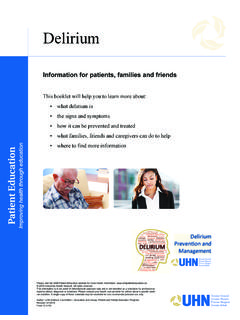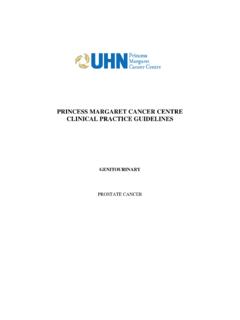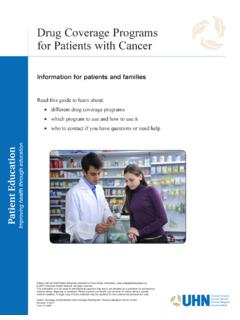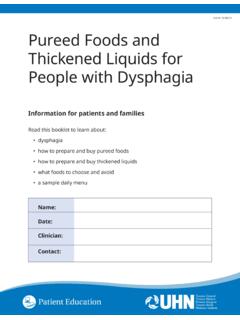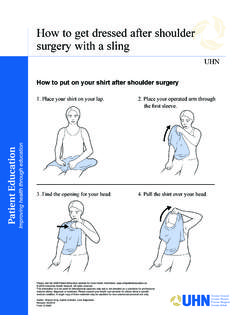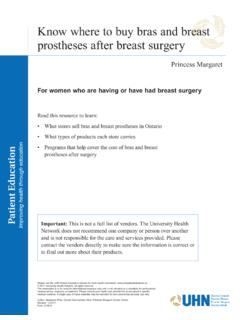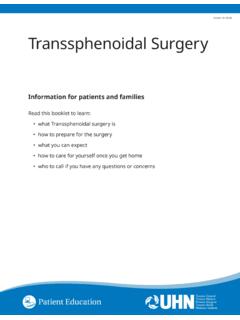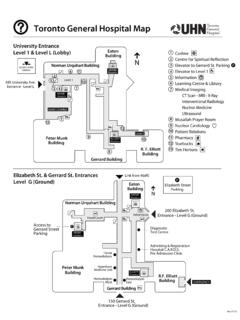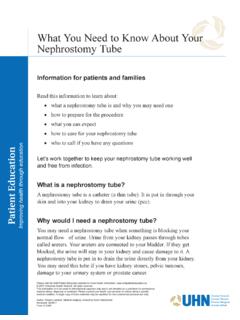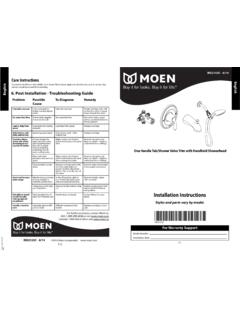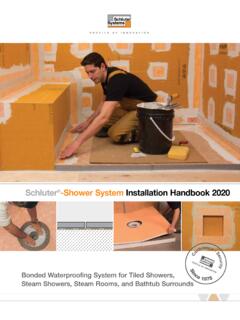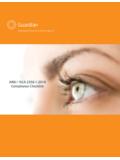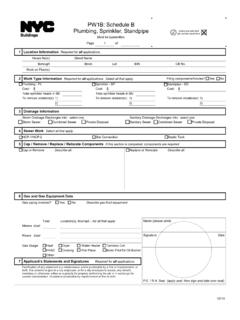Transcription of Going Home with a Pneumostat™ Chest Drain Valve
1 Going Home with a pneumostat Chest Drain ValveYou are ready to go home, but you still need a Chest tube. A small device called a pneumostat has been put on the end of your Chest tube to help you get leaflet tells you what you need to know about having a Chest Drain valveat do I need a pneumostat Valve ?The pneumostat Valve is a one-way Valve attached to your Chest tube. It lets air and a small amount of fluid to leave your Chest until the lung do I care for my pneumostat Valve ?You have a dressing around your Chest tube. We will arrange for a community nurse to visit you and help you by changing the dressing and emptying the pneumostat , if needed.
2 We can also teach you or a family member to empty device holds 30 millilitres of empty it as reprinted with permission from Atrium Medical CorporationForm: D-54062 How do I change the dressing? The dressing around the insertion site needs to be changed every 2 days. The community nurse will help you with this Wash your hands with soap and warm Remove the existing Chest tube dressing, being careful not to pull your Chest tube Wash your hands Put on clean gloves and avoid touching the skin around the insertion site. 5. Clean the skin around the tube insertion site with sterile normal saline (on a piece of gauze).
3 6. Apply the sterile (germ-free) Drain gauze around the tube. Place a sterile 4X4 gauze on top and secure it with tape (for example, Medipore tape or other tape used to secure dressings and can buy at your local pharmacy).7. Secure the dressing with medical tape, such as MediPore tape, over the gauze to keep it in You may also secure the Chest tube by taping it below the insertion site to your Chest . This will prevent it from getting pulled out. 9. Throw away the used supplies in the garbage. Take off the gloves and wash your hands.
4 3 How do I empty the pneumostat ?Do not let the collection chamber to completely fill with fluid, or it may leak empty fluid from the collection chamber: Wash your hands. Wipe the Needleless Fluid Sample Port on the bottom of the pneumostat with an alcohol swab. Take a clean syringe, and remove any air from it by pushing down on the plunger. Firmly screw a clean syringe to the port. Pull the plunger back on the syringe to withdraw the fluid. When you have emptied the fluid from the chamber, unscrew the syringe. Do not leave it attached to the port.
5 Throw away the fluid and the reprinted with permission from Atrium Medical CorporationOne-way seal valveAir leak wellStepped connector30 ml collection chamberNeedleless fluid sample port4 How do I shower with the pneumostat ? You may shower with a Chest tube in. Remove the dressing before you shower and let the water run over the site. Do NOT apply soap or scrub the area. When you are finished your shower , pat the area dry and apply a new dressing. Do not submerge the tube or the pneumostat in water. No tub baths, hot tubs or swimming with the Chest tube in.
6 How do I manage pain? It is normal to feel a mild pain around the insertion site. Take acetaminophen (Tylenol) to help with your pain. If your doctor or health care provider gave you a different pain medication, take it as prescribed. When to get medical help If your pain is not relieved by taking pain medication, or your pain gets worse, call your health care provider and ask for further instructions. If you cannot talk to your care provider or it is after hours, go to the nearest emergency department and take this pamphlet with to the nearest emergency department if you: notice more fluid and you need to empty the drainage container more often have a fever (temperature above C or F) cough up blood suddenly have shortness of breath, or you are more short of breath than when you were discharged from hospital If my Chest tube accidentally falls out or is pulled out: Do not try to replace the tube yourself.
7 Cover the small hole right away with a bandage or gauze pad and tape. Go to your nearest hospital emergency room. Afterwards, please call your Lung Surgeon s office and explain what happened. Important: This is not a full list of brands or products. The University Health Network does not recommend one brand over another and is not responsible for any products listed. Please contact each company directly to find out more about their feedback about this document?Please fill out our survey. Use this link: Paper and printing generously donated by Art Printing CompanyVisit for more health information.
8 Contact to request this brochure in a different format, such as large print or electronic formats. 2020 University Health Network. All rights reserved. Use this material for your information only. It does not replace advice from your doctor or other health care professional. Do not use this information for diagnosis or treatment. Ask your health care provider for advice about a specific medical condition. You may print 1 copy of this brochure for non-commercial and personal use : D-5406 | Author: Sharon McGonigle, RN (EC), NP-Adult | Revised: 06/2020
